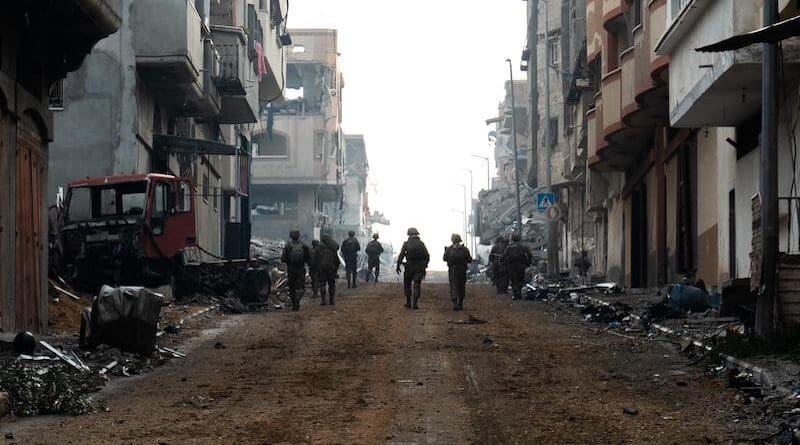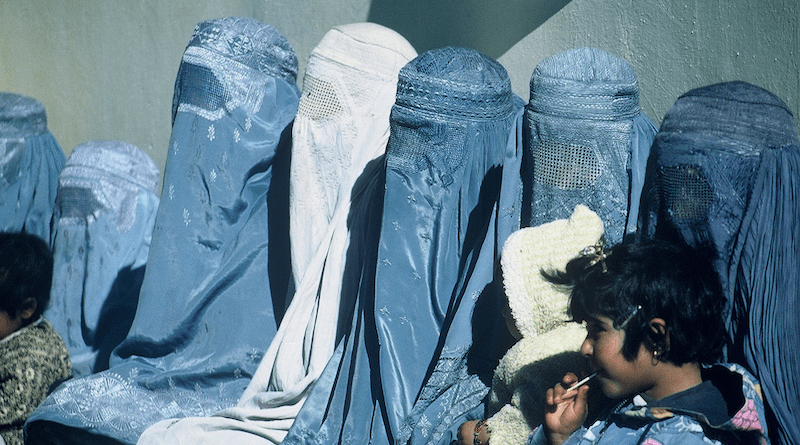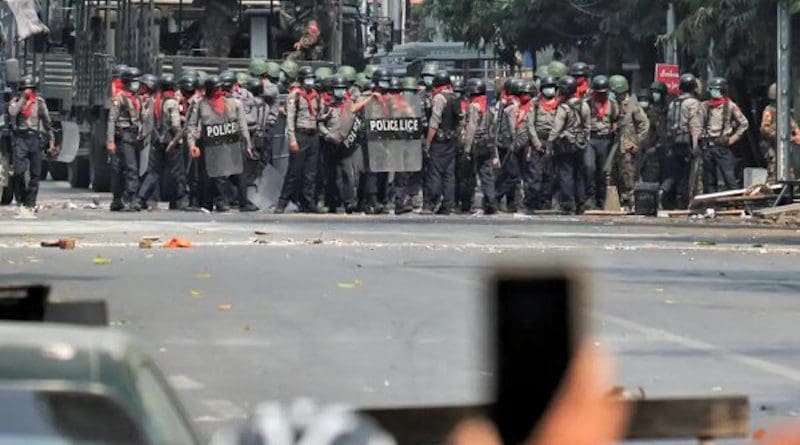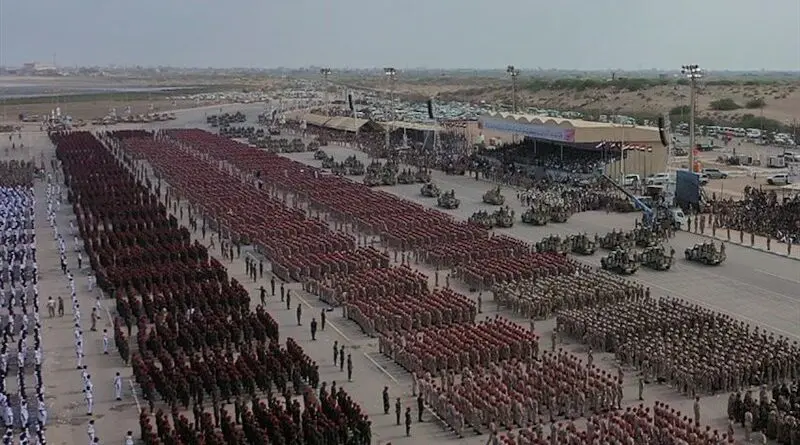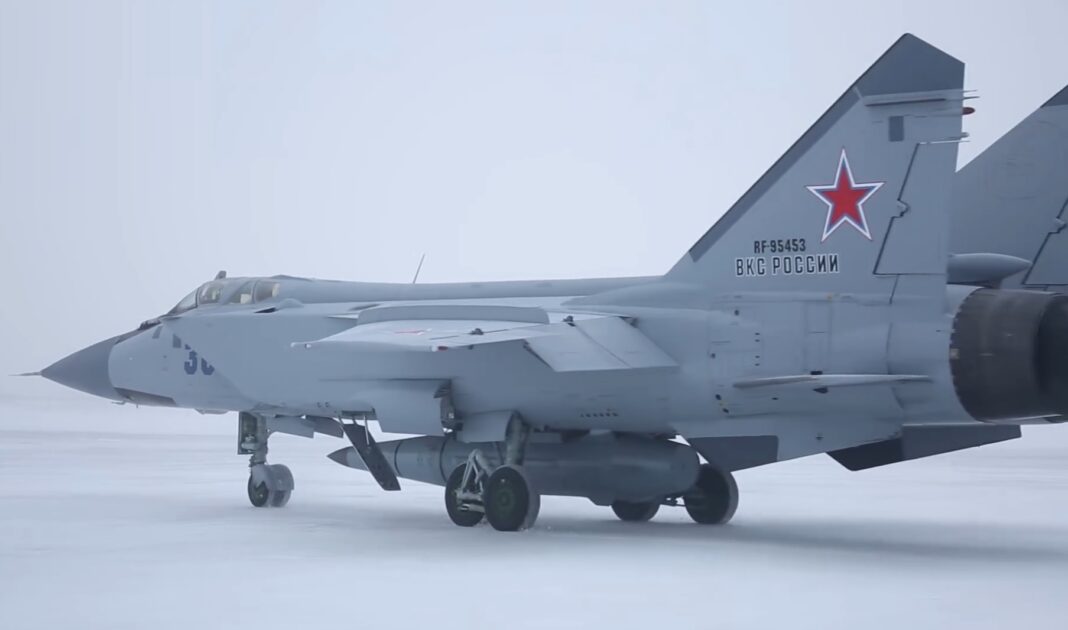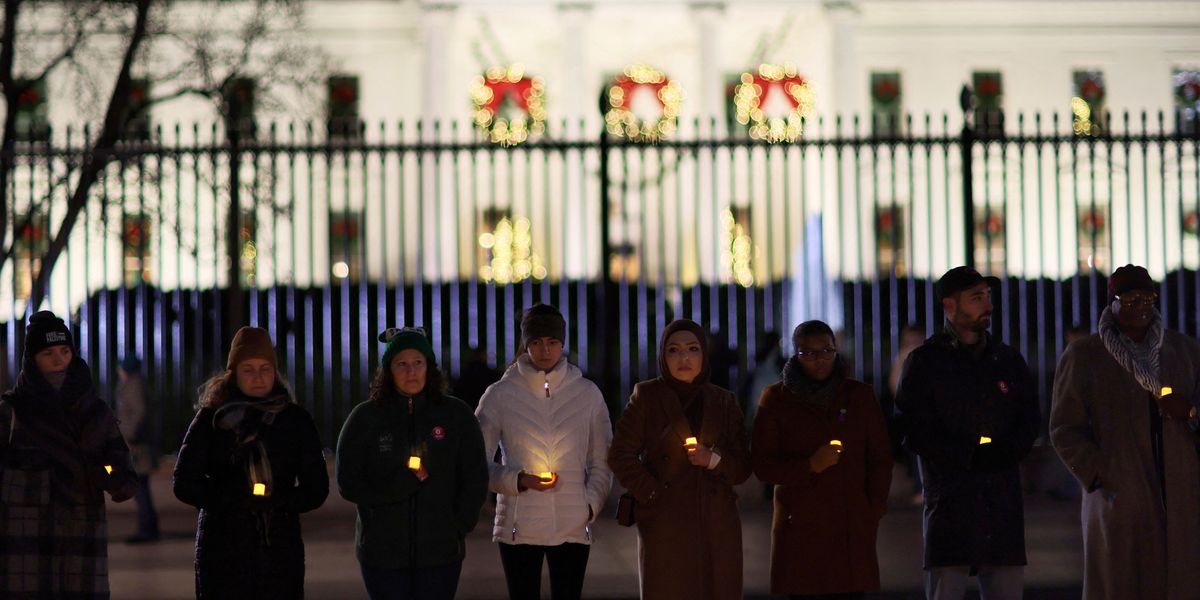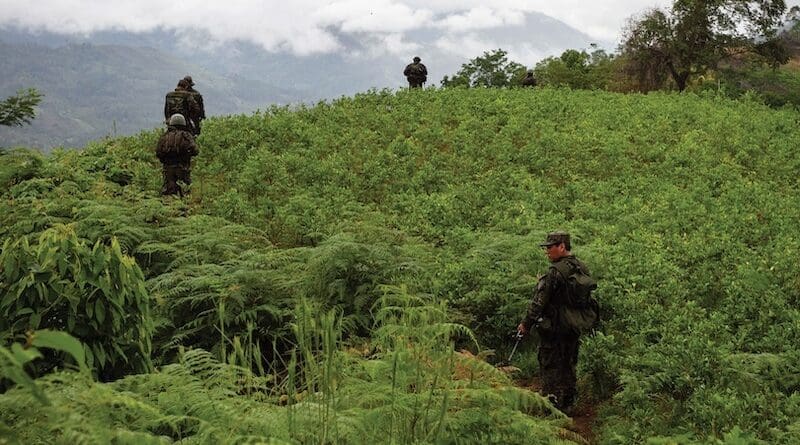DAVID C. HENDRICKSON
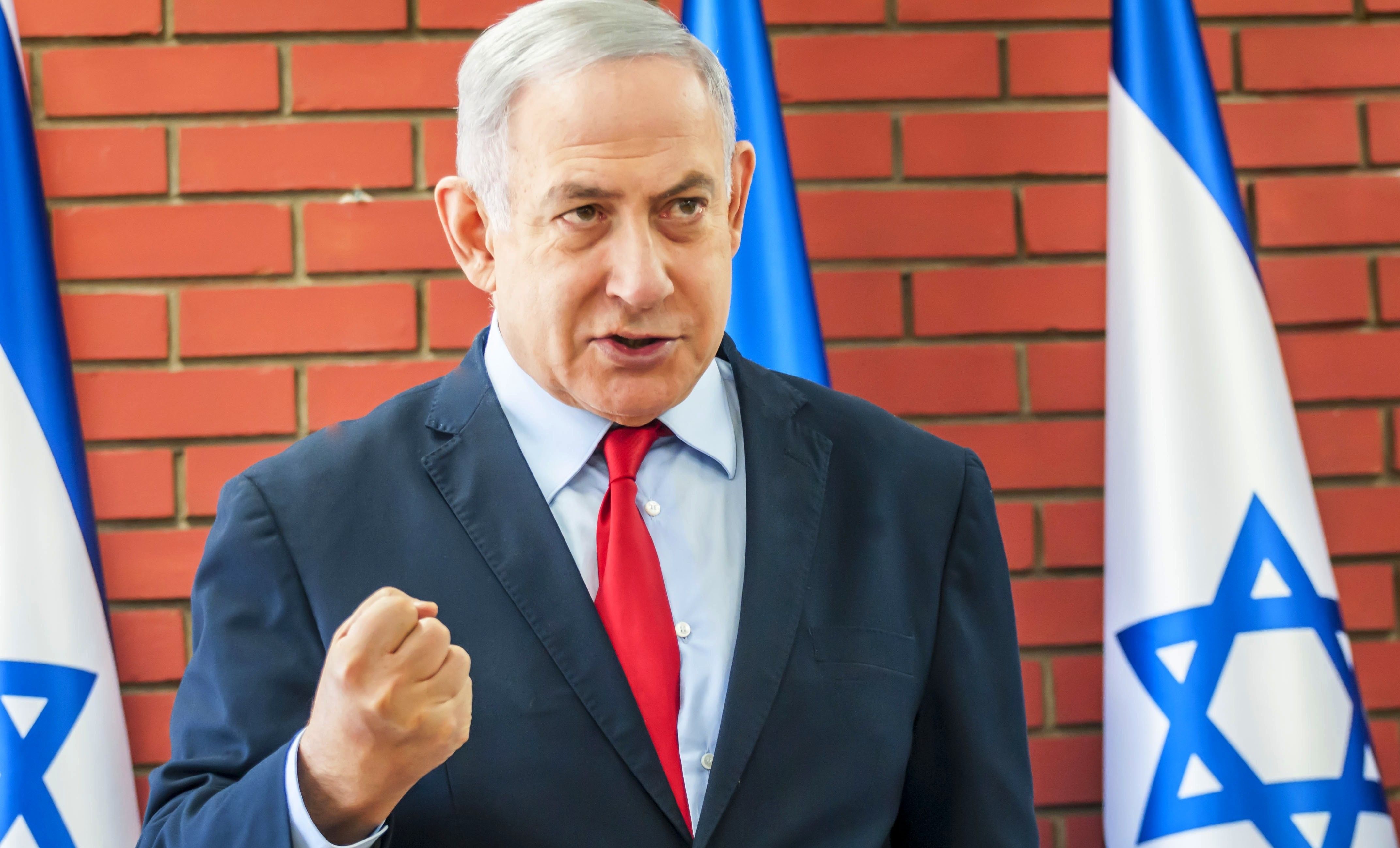
A recent essay from Israeli writer Gadi Taub in Tablet makes clear that Israel’s war in Gaza is not its last. Israel is going “to shed its defensive strategy and go on the offensive.” That means taking out Hezbollah and then taking on “a multifaceted struggle against Iran over its drive for regional hegemony and its nuclear weapons program.”
Taub, whose hawkish views in many ways reflect the vital center of Israel opinion, sees the Biden administration as following a longstanding Democratic policy of appeasing Iran. In sharp contrast to Henry Kissinger, whose 1970s diplomacy he lauds, Taub finds Secretary of State Antony Blinken’s policy to be a disaster. “By empowering the Iranians, Blinken’s policy will inevitably also further the penetration of the region by Iran’s patrons, the Russians and the Chinese, at America’s expense. Kissinger’s policy was focused on pushing America’s great power rivals out. American policy today is inviting them in.”
The Dream Palace of the Israelis
The most extraordinary feature of Taub’s essay is its unreal portrait of the regional forces arrayed for and against Israel. Iran, Taub writes, “is at war with the old American regional alliance system — which includes Israel, Egypt, Jordan, Saudi Arabia and the Gulf states. But Secretary Blinken and President Biden are appeasing the new radicals, not containing them.”
In this imaginary tableau, shared by Israeli Prime Minister Benjamin Netanyahu, Israel is in an unspoken but deep alliance with the Sunni Arab states, who want to see Hamas crushed and Iran and its proxies relentlessly attacked. What these rulers say in public, so the story goes, is miles apart from what they say in private. In public, of course, Arab leaders are breathing fire about Israel’s mad amplification of the Dahiya Doctrine in Gaza. In private, these Arab leaders are reportedly telling U.S. and Israeli insiders (but seemingly no one else) that they heartily approve Israeli’s operations.

